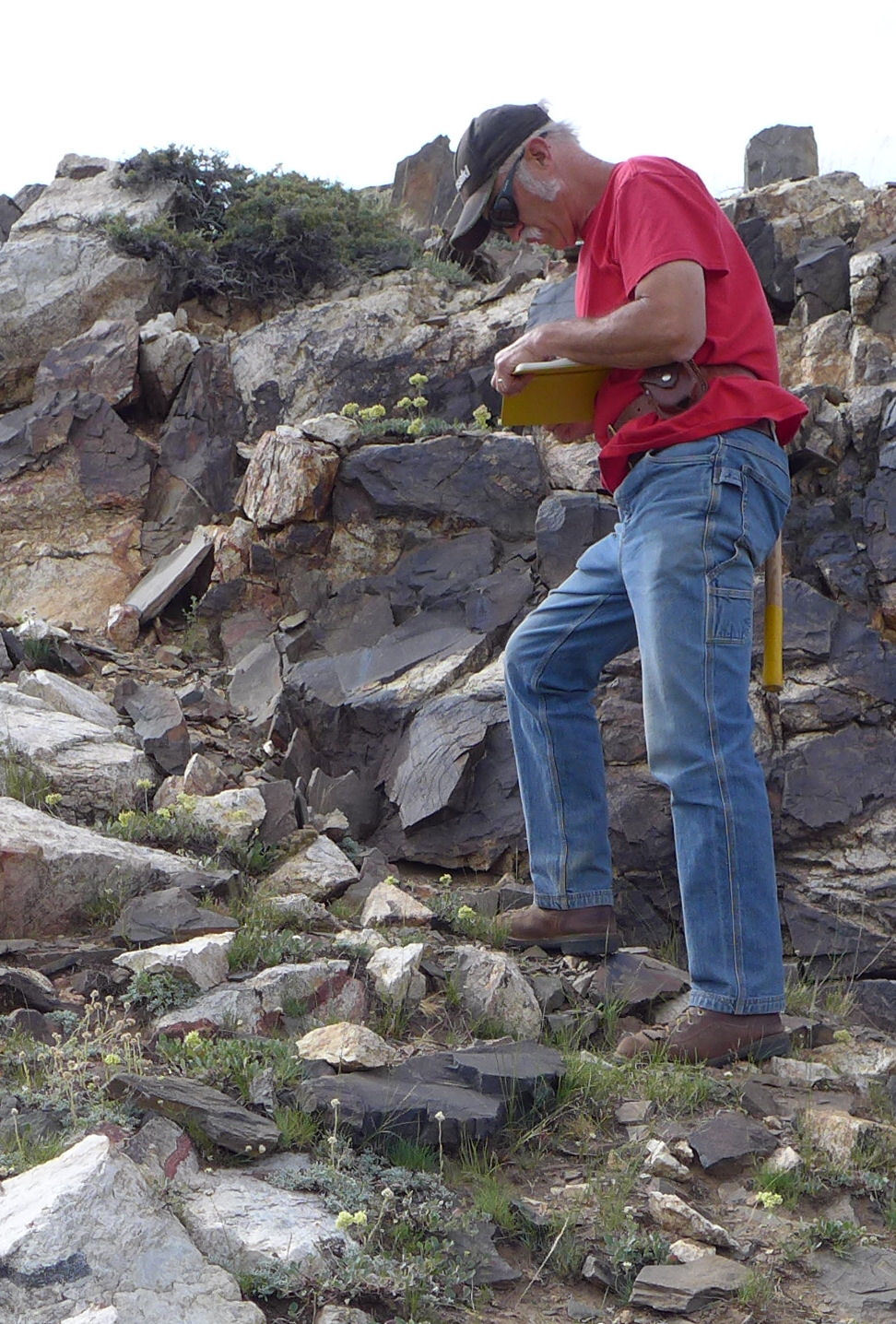NEWS RELEASE: WSGS Publishes Comprehensive Report on Rare Earth Elements in Wyoming
Wyoming State Geological Survey sent this bulletin at 06/30/2016 03:47 PM MDT |
|
Having trouble viewing this email? View it as a Web page. |
Wyoming State Geological Survey
June 30, 2016
******FOR IMMEDIATE RELEASE******
Media Contact:
Christina George
(307) 766-2286 x231
Christina.george@wyo.gov

WSGS Publishes Comprehensive Report on Rare Earth Elements in Wyoming
Rare Earth Elements (REE) are a vital resource to industrialized societies and necessary for energy generation, transportation, data transmission and national defense. They are encompassed in everyday life whether in cell phones or energy provided by wind turbines. A report recently published by the Wyoming Sate Geological Survey (WSGS) examined REE occurrences within Wyoming.
“This report provides key information for individuals and companies interested in locating, evaluating and pursuing the potential commercial development of mineral resources that are critical to the progression of current and future high-tech industries,” says Tom Drean, director of the WSGS. “There is little doubt that REE will play a key role as new innovations and associated products are developed.”
The REE group is composed of 17 metallic elements. REE occurrences have been documented across Wyoming since the 1930s, but early exploration primarily focused on uranium and thorium, and REE were only an interesting association. Early investigations identified many sites that either hosted REE or were later interpreted to be potential REE occurrences. The studies, however, lacked complete elemental analyses.
“Our investigation of REE in Wyoming has identified various geologic environments in the state in which they occur,” says Wayne Sutherland, the author of this report and WSGS gemstones, metals and economic geology specialist. “This study has also provided publicly accessible chemical analyses across Wyoming, which may aid companies and prospectors in their search for economic deposits of other types.”
The 136-page publication “A Comprehensive Report on Rare Earth Elements in Wyoming” is a continuation of a previous REE study requested by the Wyoming State Legislature, which, in 2012, allocated $200,000 of Abandoned Mine Lands reclamation funds to the WSGS to investigate potential REE-bearing, as well as other potentially economic deposits in Wyoming. Approximately $94,000 of the legislatively-approved funding was unspent and reallocated in 2014 to the WSGS to continue its investigation into REE occurrences in Wyoming.
Geologists spent the 2015 field season collecting more than 275 new samples from known and potential host rocks for REE and other minerals. Another 45 samples previously collected by the WSGS for other projects were analyzed as well.
“Wyoming has the potential for REE production in northeastern Wyoming,” says Sutherland. He is referring to the largest known REE occurrence in Wyoming – the carbonatite-hosted Bear Lodge deposit northwest of Sundance. The deposit is considered one of the largest potential sources of the minerals in North America. A lull in the current market has slowed the progress made toward establishing a mine and processing center, but the quality and substantial amount of REE may justify its future development.
WSGS geologists concluded it is vital to the United States, and globally, that more REE resources be found and made available for use. Recent REE exploration in Wyoming began in 2009, and targets of renewed interest include placers, paleoplacers of several ages, alkaline igneous complexes, pegmatites,and carbonatites.
Recently, the ability to extract REE from coal has become a rising interest. However, REE concentrations within most Wyoming coals are notably less than average crustal abundance. REE have also been found concentrated in sedimentary units that host uranium deposits, but significant chemical processing challenges need to be addressed before REE extraction becomes practical from uranium tailings.
The WSGS has developed a publicly accessible online database that will soon be available, the Wyoming Database of Geology (Wyo-DOG), which contains locations, geologic settings, and analyses for all samples in this and earlier reports.
More information is available on the WSGS REE website.

